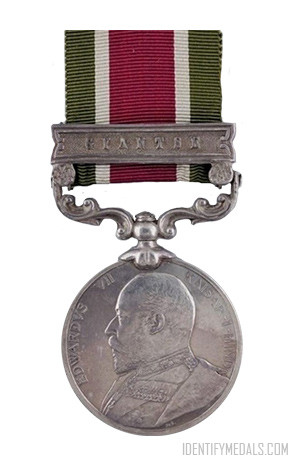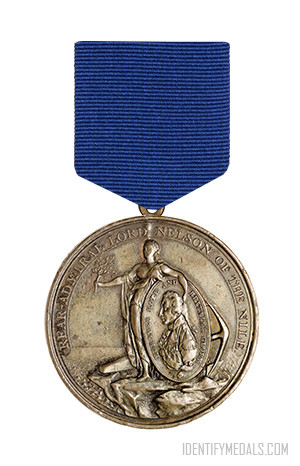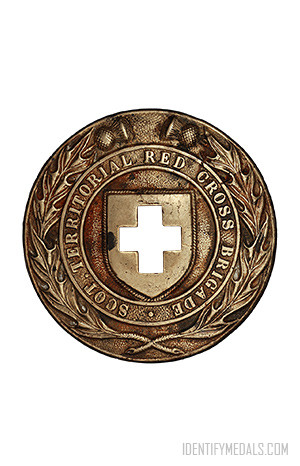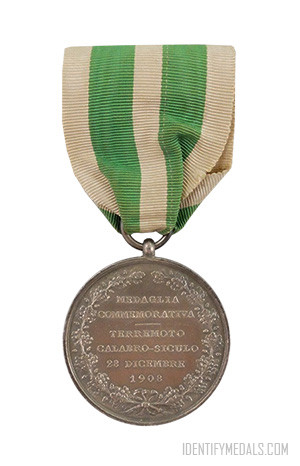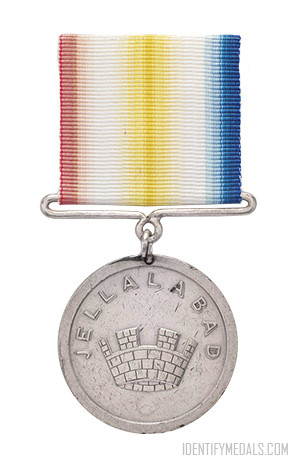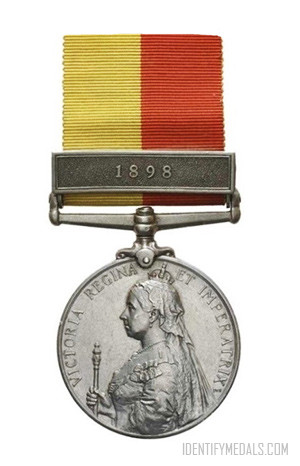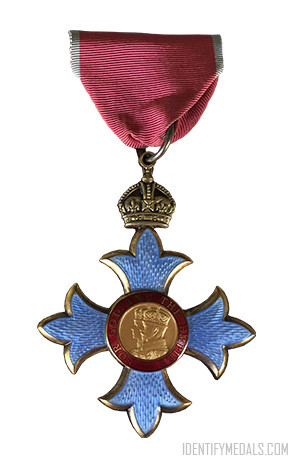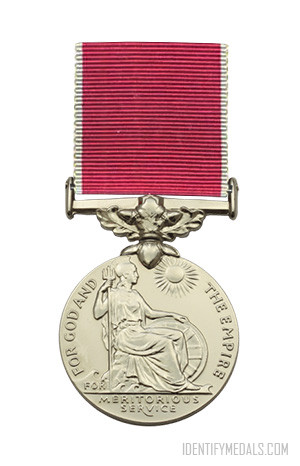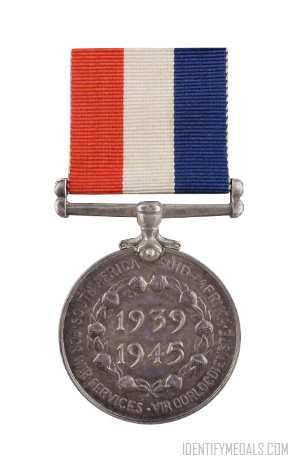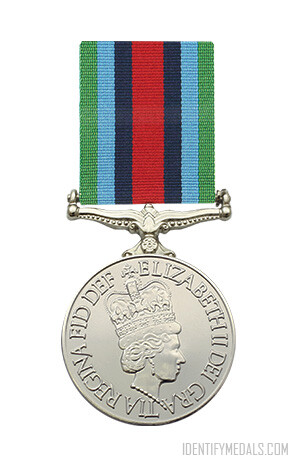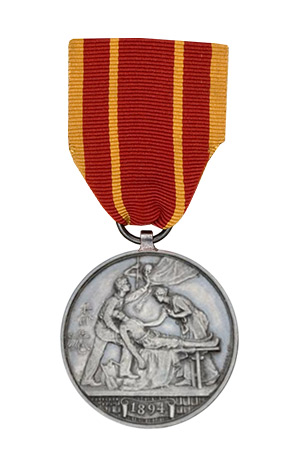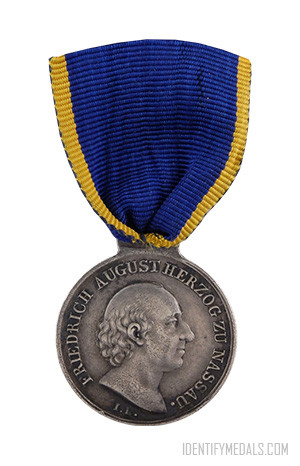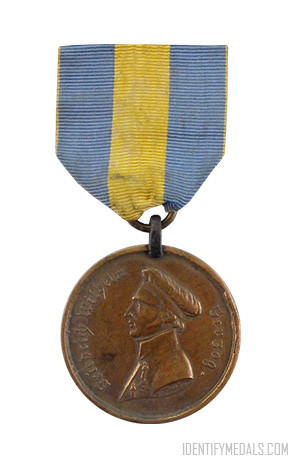- Time Period: Pre-WW1
- Year of Institution: February 1905
- Country: Great Britain
The Tibet Medal is a British military medal awarded to all members of the Tibet Mission and accompanying troops who served at or beyond Siliguri from 13 December 1903 to 23 September 1904 and authorized in February 1905.
Approximately 3,350 silver Tibet Medals were awarded, including about 600 to the first battalion the Royal Fusiliers and about 2,600 to members of the Indian Army, in addition to staff and support personnel. More than 2,500 bronze medals were awarded, mainly to those employed in transporting supplies, including to the Peshawar Camel Corps and locally recruited coolies.
The Tibet Medal Design
The obverse of the medal, designed by G. W. de Saulles, a British medallist that worked under Queen Victoria and Edward VII) shows the bust of Edward VII in Field Marshal’s uniform and the legend ‘EDWARDVS VII KAISAR-I-HIND’.
The reverse, designed by E. G. Gillick, a British sculptor, depicts the Potala (winter palace of the Dalai Lamas) in Lhasa on top of the red hill with the words ‘TIBET 1903-04’ below.
The medal was awarded in silver to combatant troops and in bronze to camp followers, with both eligible for the ‘Gyantse’ clasp. The clasp ‘GYANTSE’ was given to those present in operations between 3 May and 6 July 1904 in or near Gyantse Fortress. The suspender is of the swiveling ornate scroll type.

